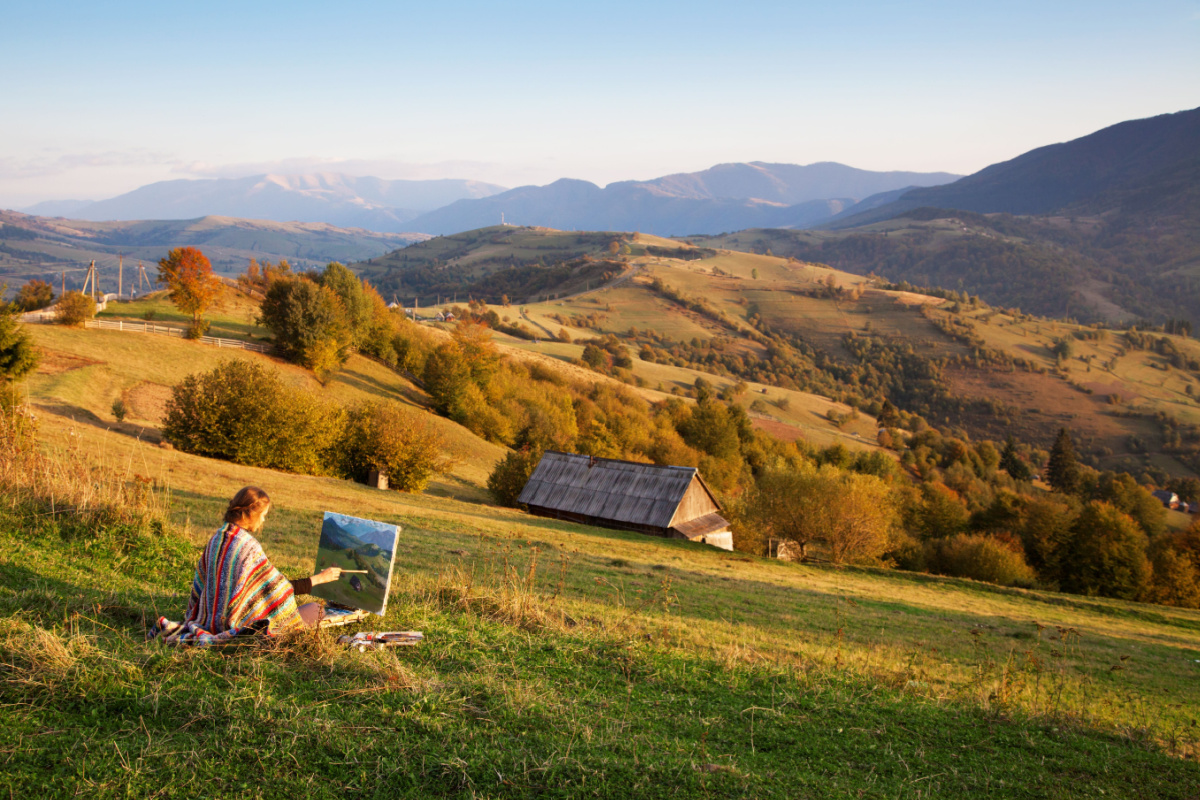Get cultured and see the locations that inspired these masterpieces in person!
Landscape paintings have been a source of inspiration and admiration for centuries. Capturing the beauty of the natural world and transporting us to distant places and times, some landscape paintings are so famous and iconic that they have become part of our cultural heritage. Though landscape paintings are not just works of art, they are windows into the landscapes that inspired them.
So come with us on a journey as we will explore nine famous landscape paintings and where to find their real-world locations. Whether you are a fan of art history, nature or travel, you’ll be able to see how these stunning locales made their way to the canvas through the eyes of some of the greatest painters of all time!
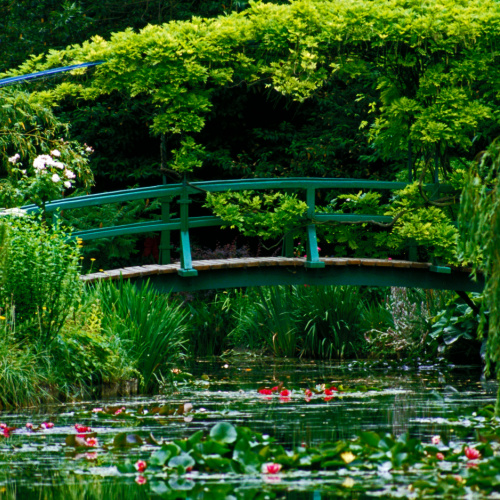
Photographed by Gardens by Design. Image via Shutterstock.
The Water Lily Pond: Green Harmony, Claude Monet
Claude Monet’s series of Water Lilies are a collection of around 250 oil paintings by the French impressionist. One of the most famous impressionist landscape paintings, The Water Lily Pond: Green Harmony depict his gardens at his home in Giverny, France. The serene ponds filled with water lilies and the iconic Japanese bridge have been preserved as the Claude Monet Foundation, allowing visitors to immerse themselves in the artist’s world. About an hour from Paris, make sure your visit Monet’s Foundation in Givenry for an idyllically beautiful experience.
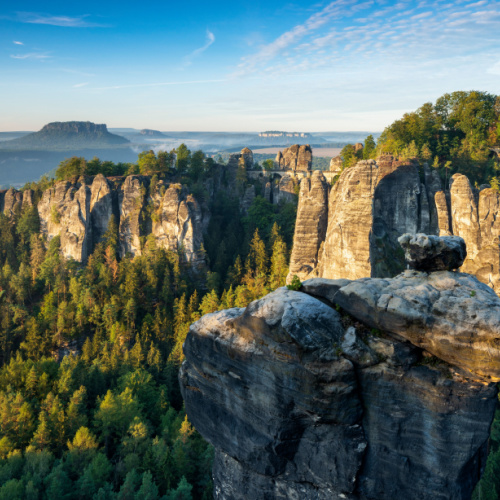
Photographed by dugdax. Image via Shutterstock.
Wanderer Above the Sea of Fog, Caspar David Friedrich
Caspar David Friedrich’s romantic masterpiece, Wanderer Above the Sea of Fog, captures a lone figure standing on a rock outcrop, gazing at a sea of mist-covered peaks. You too can experience this longing in person with a visit to Elbe Sandstone Mountains in Saxony and Bohemia. The rugged landscape of the Saxon Switzerland National Park in Germany is only an hour drive from Dresden, perfect for climbing and hiking. The mountains themselves are unique and extremely picturesque, while the sandstone bridge is an amazing example of skilled craftsmanship, and well worth the trip.
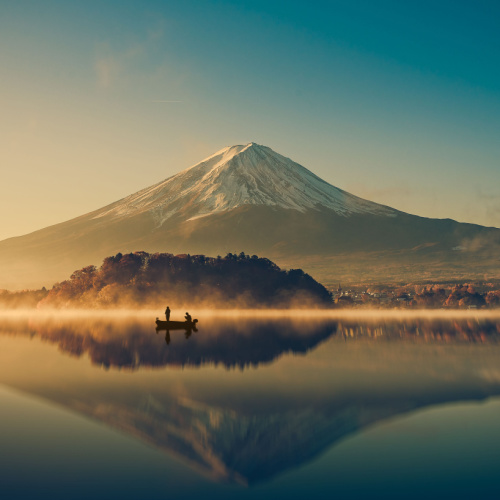
Photographed by FocusStocker. Image via Shutterstock.
The Great Wave Off Kanagawa, Hokusai
The Great Wave Off Kanagawa was originally a woodblock print by Hokusai. It is the first print of his series Thirty-six Views of Mount Fuji. The print has original impressions in museums all around the world, and has become significant in popular culture, as it is continuously recreated and re imagined. Mount Fuji is a sacred mountain in Japan, which is considered a symbol of national identity as well as beauty. The mountain has an abundance of visitors each year, many of whom choose to hike its trails, some who climb it and then ski down it.
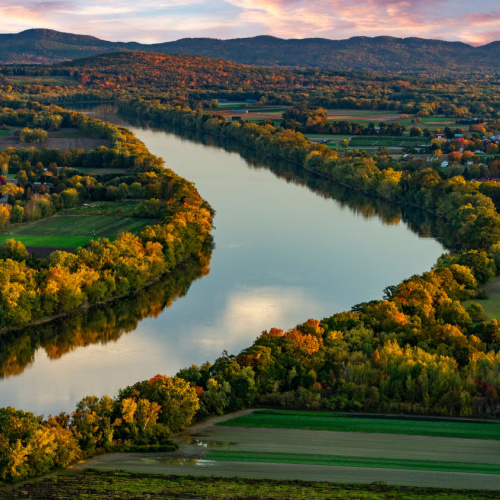
Photographed by Joshua Lehew. Image via Shutterstock.
The Oxbow, Thomas Cole
Thomas Cole’s painting is a romantic panorama the Connecticut River Valley after a thunderstorm. Titled View From Mount Holyoke, Northampton, Massachusetts, After a Thunderstorm, or commonly known as The Oxbow, is clearly inspired by the expansive Connecticut River in Massachusetts. Take a short 30-minute drive along the rich forests from Springfield, Massachusetts and you’ll be gazing out at the same places Cole did two centuries ago when he painted his magnum opus. Get cultured and sweaty with a trip to Mount Holyoke.
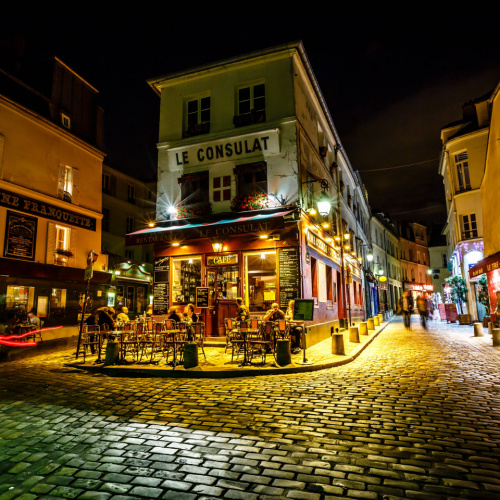
Photographed by ansharphoto. Image via Shutterstock.
The Boulevard Montmartre at Night, Camille Pissarro
The defining features of Montmartre — the stairs and Sacre-Coeur. This, and a hundred other things, come to mind when thinking about Montmartre, which is exactly what Camille Pissarro was trying to capture in her beautiful painting. The painting is an impression of the street’s new identity as the centre of European architecture in 1897. Paris is still the same enchanting and alluring city, Montmartre being very much part of that.
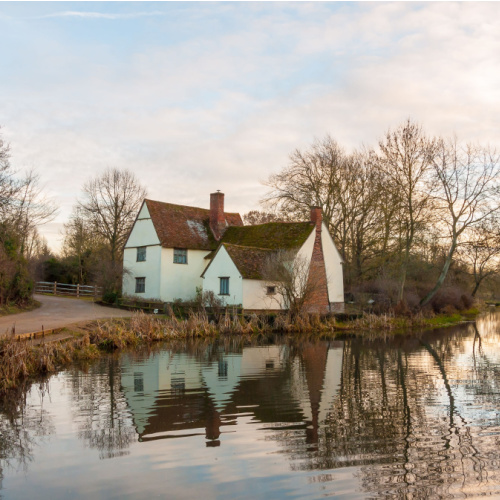
Photographed by callumrc. Image via Shutterstock.
The Hay Wain, John Constable
Location is an interesting part of John Constable’s The Hay Wain, a quintessential English landscape painting which hangs in the National Gallery in London. The painting depicts a rural scene on the River Stour between the English counties of Suffolk and Essex, with Willy Lott’s Cottage visible on the far left. Today, the cottage still stands in Dedham Vale in Suffolk, a beautiful area that still looks much the same today and is often referred to as “Constable Country.” So get a taste of English countryside at Willy Lott’s Cottage.
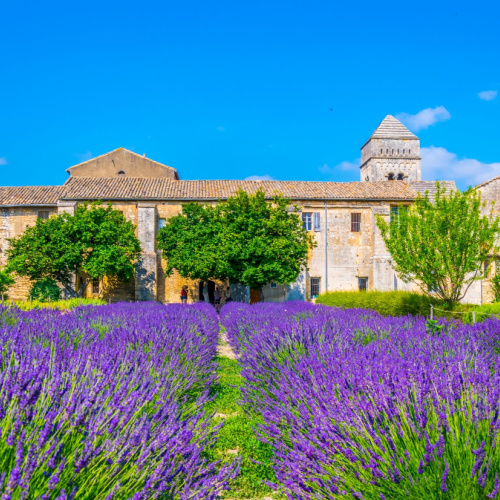
Photographed by trabantos. Image via Shutterstock.
The Starry Night, Vincent Van Gogh
The Starry Night is not just a dreamscape from the vivid imagination of Vincent Van Gogh, but in fact inspired by his time at the Saint-Paul-de-Mausole asylum in Saint-Remy. The swirling beauty of the night sky in Van Gogh’s post-impressionist masterpiece was created while he was a self-admitted patient, staring out at the night from his room. Today, you can visit this psychiatric hospital, which has been transformed into a museum, to see the place that inspired one of the most famous paintings in the world.
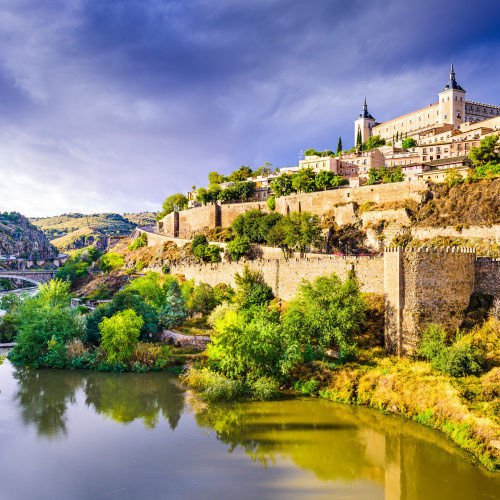
Photographed by Sean Pavone. Image via Shutterstock.
View of Toledo, El Greco
El Greco’s View of Toledo is celebrated throughout art history due to El Greco’s impeccable depiction of the sky. In his painting, El Greco took some liberties with rearranging where some buildings are located, however he includes the Castle of San Servando, which still stands today. Toledo has obviously changed a fair amount since El Greco produced his painting between 1596-1600. Still stunning, this rare landscape is a timeless piece of work that plays with expressive colour and form that is considered otherwise unparalleled in art history.
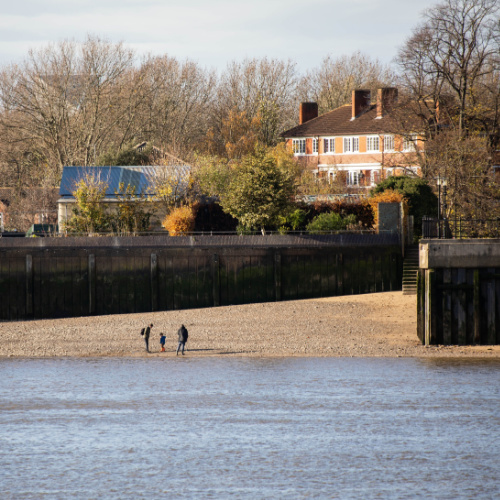
Photographed by Lorraine Mitchell. Image via Shutterstock.
The Fighting Temeraire, J.M.W Turner
The Fighting Temeraire depicts the HMS Temeraire ship, which played a distinguished role in the Battle of Trafalgar, being towed by paddle-wheel steam tug up the Thames towards Rotherhithe. Today, the Thames and Rotherhithe, which is located on a peninsula on the south bank of the Thames, are very much alive and visit-able. The demise of heroic strength is the subject of the painting, and it has been suggested that the ship symbolises the painter himself, as he had many accomplishments but was contemplating his mortality. If you feel like doing the same, perhaps on the banks of Thames in Rotherhithe is the place to contemplate.
To gaze at some more over- and under-water artworks, check out this list of the Best Australian Nature Photographers. And, to get between these stunning works of art, book a trip on one of The 12 Most Beautiful and Scenic Train Rides in the World.

